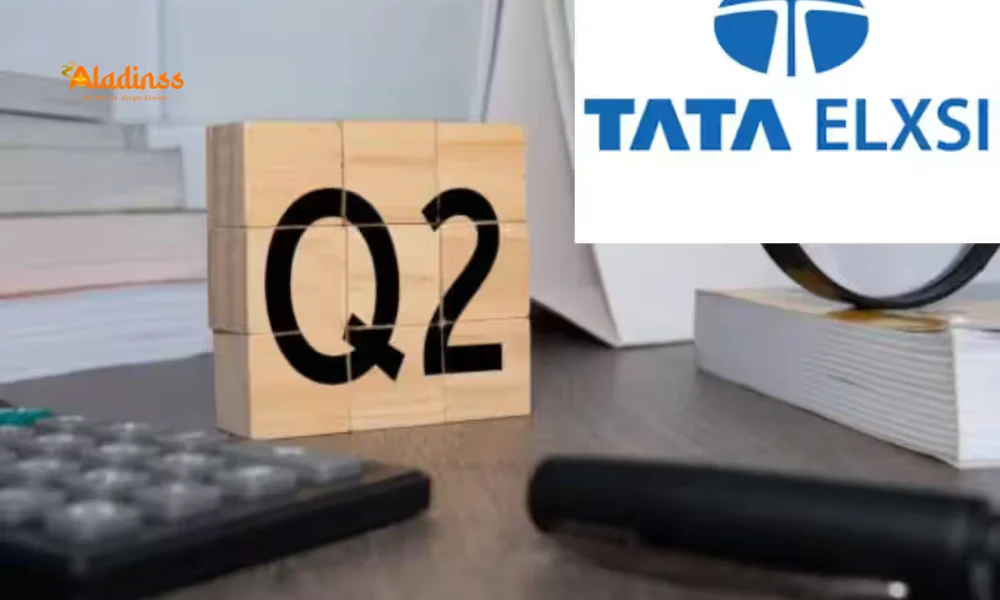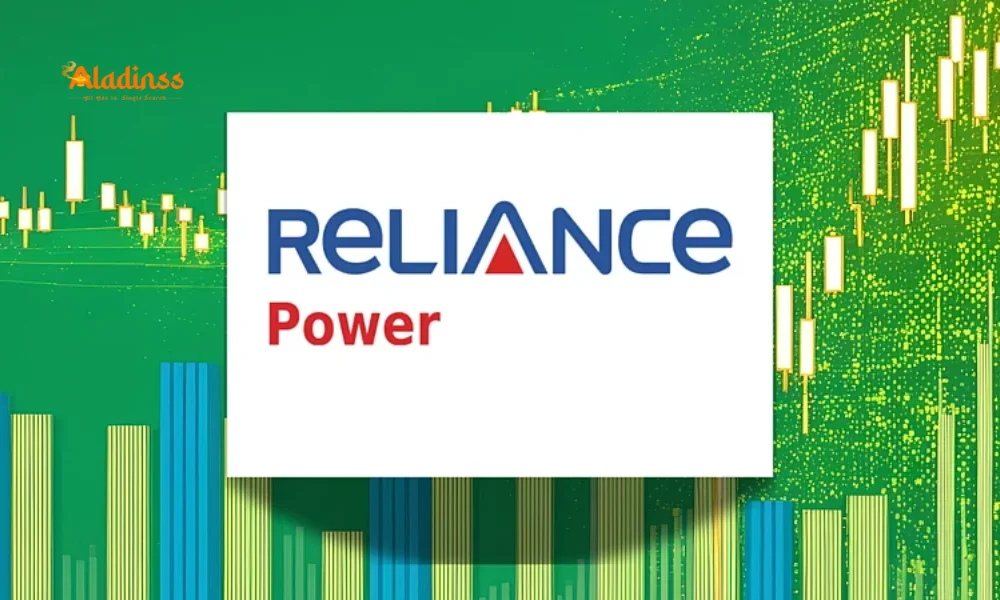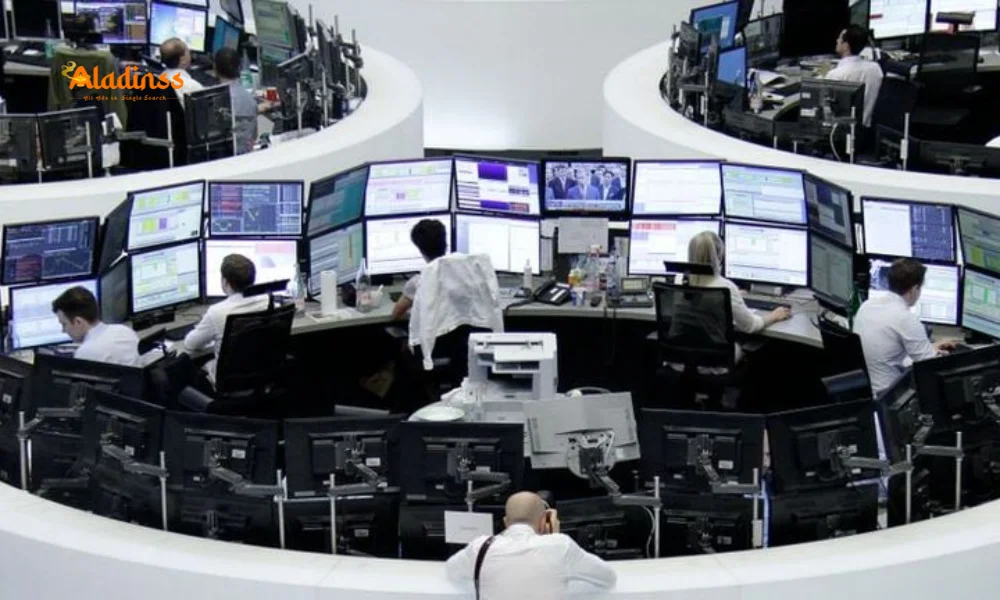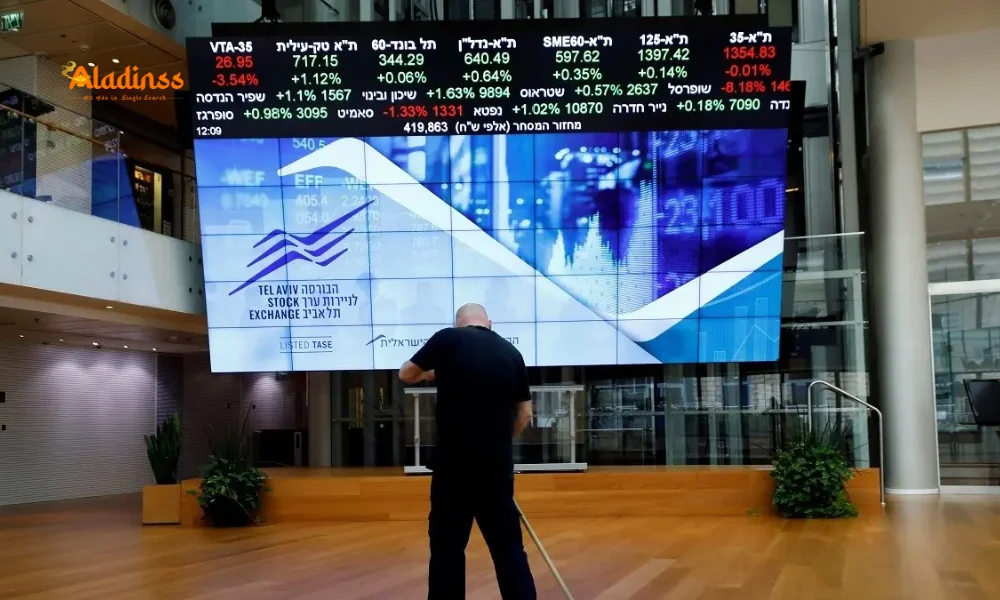Nikkei Record High on SoftBank AI Surge
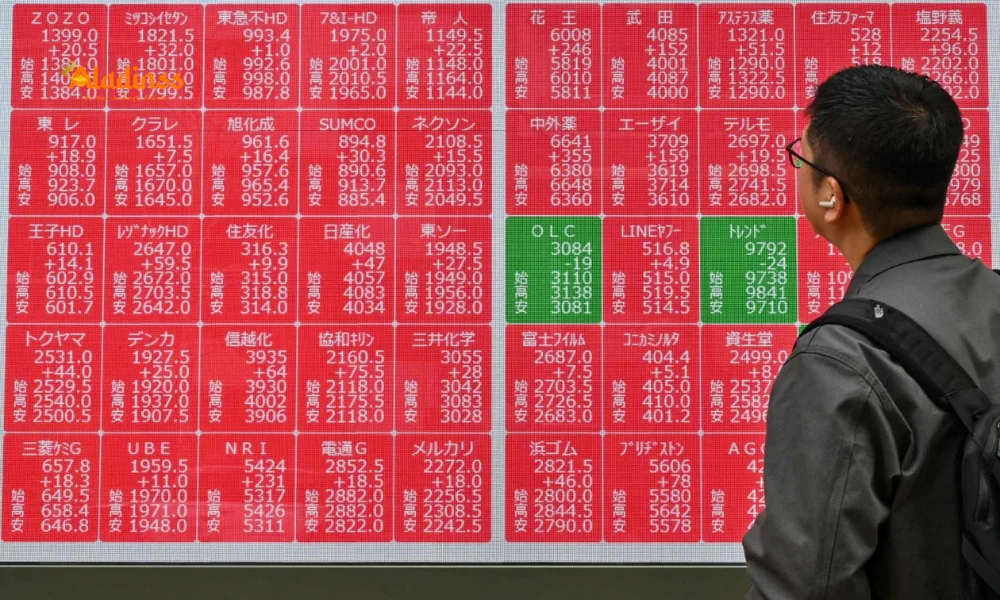
Japan's Nikkei Hits Record High on SoftBank AI Robotics Surge
Japan's Nikkei stock index soared to unprecedented levels on Thursday, October 9, 2025, propelled by a remarkable rally in SoftBank Group shares amid escalating enthusiasm for artificial intelligence and robotics innovations. The benchmark climbed 1.8% to close at 48,580.44, touching an intraday pinnacle of 48,597.08, both marking historic milestones. SoftBank's 11% jump, fueled by its acquisition of ABB's robotics division, not only outshone the market but also contributed a substantial 466 points to the index's 845-point advance, underscoring the transformative potential of AI-driven technologies in Japan's equity landscape.

This week's robust performance in the Nikkei reflects broader investor optimism, particularly following the election of fiscal policy advocate Sanae Takaichi as leader of the Liberal Democratic Party, positioning her as the frontrunner for prime minister. Her pro-growth stance has ignited market fervor, though analysts caution about emerging signs of overheating, with the relative strength index (RSI) at 77.6-well above the 70 threshold signaling potential volatility. Meanwhile, Yaskawa Electric's 9.5% gain highlighted the robotics sector's momentum, as SoftBank's strategic move to integrate AI with automation captivates global investors eyeing Japan's tech resurgence.
SoftBank's ABB Robotics Acquisition: A Game-Changer for AI Integration
SoftBank Group's announcement late Wednesday to acquire Switzerland-based ABB's robotics business has electrified the market, aligning seamlessly with the conglomerate's ambitious vision to pioneer AI-powered automation. This deal, which bolsters SoftBank's portfolio through its subsidiary Arm Holdings and Vision Fund investments, positions the company at the forefront of a burgeoning industry projected to reach $210 billion globally by 2030. The acquisition not only enhances SoftBank's technological synergies but also addresses labor shortages in Japan, where an aging population demands innovative solutions for manufacturing and services.
Market strategist Masahiro Ichikawa from Sumitomo Mitsui DS Asset Management noted the outsized reactions in SoftBank and Yaskawa, suggesting a possible delayed response to the news. "These gains appear amplified relative to other sectors, raising questions about sustainability," Ichikawa observed. Nonetheless, the move underscores SoftBank's pivot under CEO Masayoshi Son toward generative AI applications in robotics, potentially unlocking new revenue streams from collaborative ventures with global tech giants.
Also Read: European Shares Dip on HSBC Hang Seng Plan
Yaskawa Electric's Rally: Robotics Sector Heats Up
Complementing SoftBank's ascent, Yaskawa Electric- a leading industrial robot producer-posted a 9.5% surge, outpacing the broader Nikkei and amplifying the day's tech-driven narrative. Yaskawa's Motoman series, renowned for precision in automotive and electronics assembly, stands to benefit from heightened demand spurred by SoftBank's ecosystem expansion. With Japan's robotics market valued at over ¥2 trillion and growing at 10% annually, Yaskawa's strong order backlog signals robust future prospects, even as export challenges from yen fluctuations loom.
- Yaskawa's shares reflect investor bets on AI-enhanced automation, with recent partnerships in semiconductor fabrication.
- The company's focus on collaborative robots (cobots) aligns with global trends toward flexible manufacturing.
- Despite a 15% year-to-date gain, analysts project 20% upside driven by EV supply chain integrations.
- Sector peers like Fanuc and Kawasaki Heavy Industries also edged higher, indicating widespread enthusiasm.
This robotics fervor extends beyond individual stocks, revitalizing Japan's position as the world's top robot exporter, with shipments exceeding 50,000 units in 2024. As AI fever grips investors, Yaskawa's performance exemplifies how niche innovations can propel the entire Nikkei toward uncharted territories.
Takaichi's Leadership Boost: Fiscal Policies Fuel Market Optimism
The Nikkei's weekly surge gained further traction from Sanae Takaichi's victory in the Liberal Democratic Party leadership race, cementing her path to premiership with pledges for expansive fiscal stimulus and deregulation. As a self-proclaimed "fiscal dove," Takaichi advocates for increased public spending on infrastructure and tech R&D, potentially injecting ¥30 trillion into the economy over the next term. This dovish tilt contrasts with predecessor Fumio Kishida's cautious approach, exciting markets with visions of accelerated growth amid persistent inflation at 2.8%.
Yet, uncertainties persist: Takaichi's conservative ideology has strained relations with coalition ally Komeito, and the LDP's minority status in parliament could hinder policy execution. Daiwa Securities' Kenji Abe highlighted this duality, stating, "While earnings momentum supports further Nikkei gains, political frictions may introduce short-term swings." Investors are closely monitoring her inaugural address, expected within days, for clues on tax reforms and yen interventions that could sustain the rally.
Overheating Signals: RSI Warns of Nikkei Volatility Ahead
Amid the euphoria, cautionary notes abound as the Nikkei's RSI climbs to 77.6, entering overbought territory that historically precedes corrections of 5-10%. This metric, tracking momentum over 14 days, suggests the index's rapid ascent-up 25% year-to-date-may warrant a breather, particularly if global cues like U.S. Fed signals or China trade data sour sentiment. Historical parallels to the 1989 bubble underscore the risks of unchecked exuberance in Japanese equities.
- RSI above 70 often signals pullbacks, as seen in mid-2024's 8% dip.
- High valuations, with Nikkei P/E at 18x forward earnings, amplify vulnerability.
- Foreign inflows of ¥3.5 trillion this quarter fuel the run but heighten reversal risks.
- Analysts recommend hedging via options or diversifying into bonds for stability.
Despite these red flags, optimists like Abe at Daiwa eye a 50,000 milestone by March 2026, citing corporate earnings growth of 12% projected for FY2025. Balancing bullish fundamentals with technical warnings will be key for navigating the Nikkei's volatile path forward.
Sector Shifts: Autos Lag as Broader Topix Gains Modestly
While the Nikkei celebrated records, the broader Topix index advanced a more tempered 0.7% to 3,257.77, revealing divergent sector dynamics. The automotive group, one of 33 industry sub-indices, buckled 1.3%-its worst showing-despite a weakening yen that typically enhances exporter profits. Toyota Motor shares tumbled over 2%, pressured by supply chain snarls and softening EV demand in key markets like Europe.
This underperformance follows the sector's peak last Wednesday, the highest since mid-2024, and highlights broader challenges including chip shortages and regulatory hurdles for hybrids. In contrast, tech and industrials led gains, with semiconductors up 2.1% on AI chip hype. The yen's slide to 152 against the dollar provided tailwinds, yet autos' woes illustrate how currency benefits don't always offset operational headwinds in Japan's export-reliant economy.
Earnings Kickoff: Fast Retailing Signals Season's Start
Adding to the day's intrigue, Fast Retailing-parent of Uniqlo-unveiled after-hours results, unofficially launching Japan's earnings season and lifting its shares 3.4% in anticipation. The apparel giant reported a 15% sales increase to ¥700 billion for Q2, driven by overseas expansion in Asia and Europe, though domestic weakness from mild weather tempered gains. Analysts view this as a positive opener, with consensus expecting 8% aggregate profit growth across Nikkei firms.
- Fast Retailing's international stores now comprise 55% of revenue, up from 40% in 2020.
- Guidance for full-year EPS at ¥2,200 signals resilience amid consumer spending caution.
- Peer retailers like Shimamura may follow suit, influencing discretionary sector sentiment.
- Strong results could reinforce Nikkei's upward bias if tech earnings echo the trend.
As earnings unfold, they will test the Nikkei's mettle, potentially validating projections of further highs or exposing cracks in the overheating edifice. For investors, this confluence of policy shifts, tech breakthroughs, and corporate disclosures paints a vibrant yet precarious picture of Japan's market evolution.
Future Outlook: Nikkei Targets 50,000 Amid Political and Economic Crosscurrents
Looking ahead, Daiwa's Abe envisions the Nikkei conquering 50,000 by fiscal year-end, underpinned by improving corporate profitability and Takaichi's anticipated stimulus. Enhanced shareholder returns, including buybacks totaling ¥10 trillion, further bolster this outlook. However, geopolitical tensions in Asia and U.S. tariff threats could inject volatility, compelling a measured approach to positioning.
In summary, the Nikkei's record-breaking stride, anchored by SoftBank's AI robotics ambitions, heralds a new chapter for Japanese equities. Yet, with overheating indicators flashing and political hurdles on the horizon, prudent investors will balance enthusiasm with vigilance, ensuring sustained participation in this exhilarating ascent.
Comment / Reply From
No comments yet. Be the first to comment!
